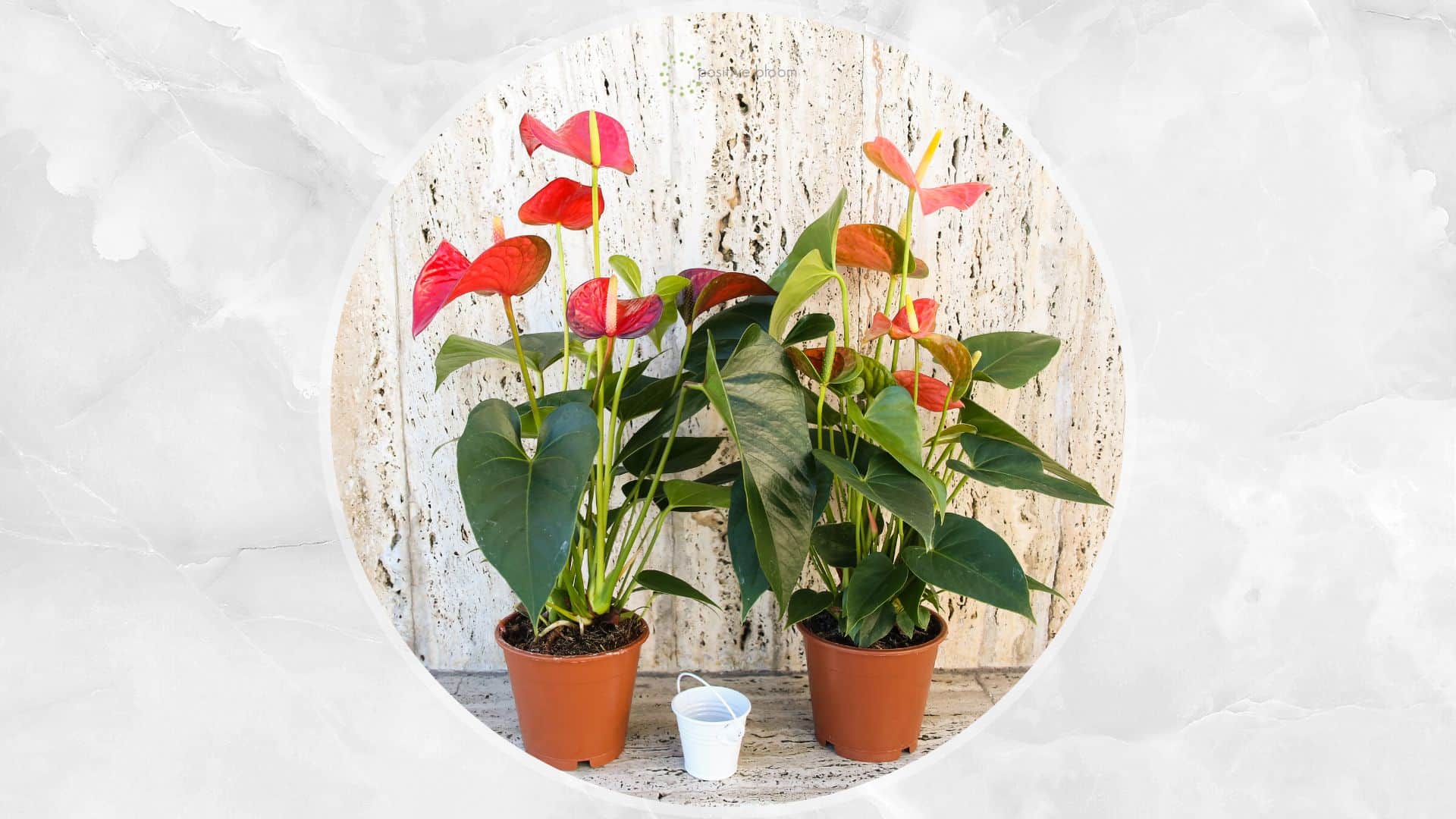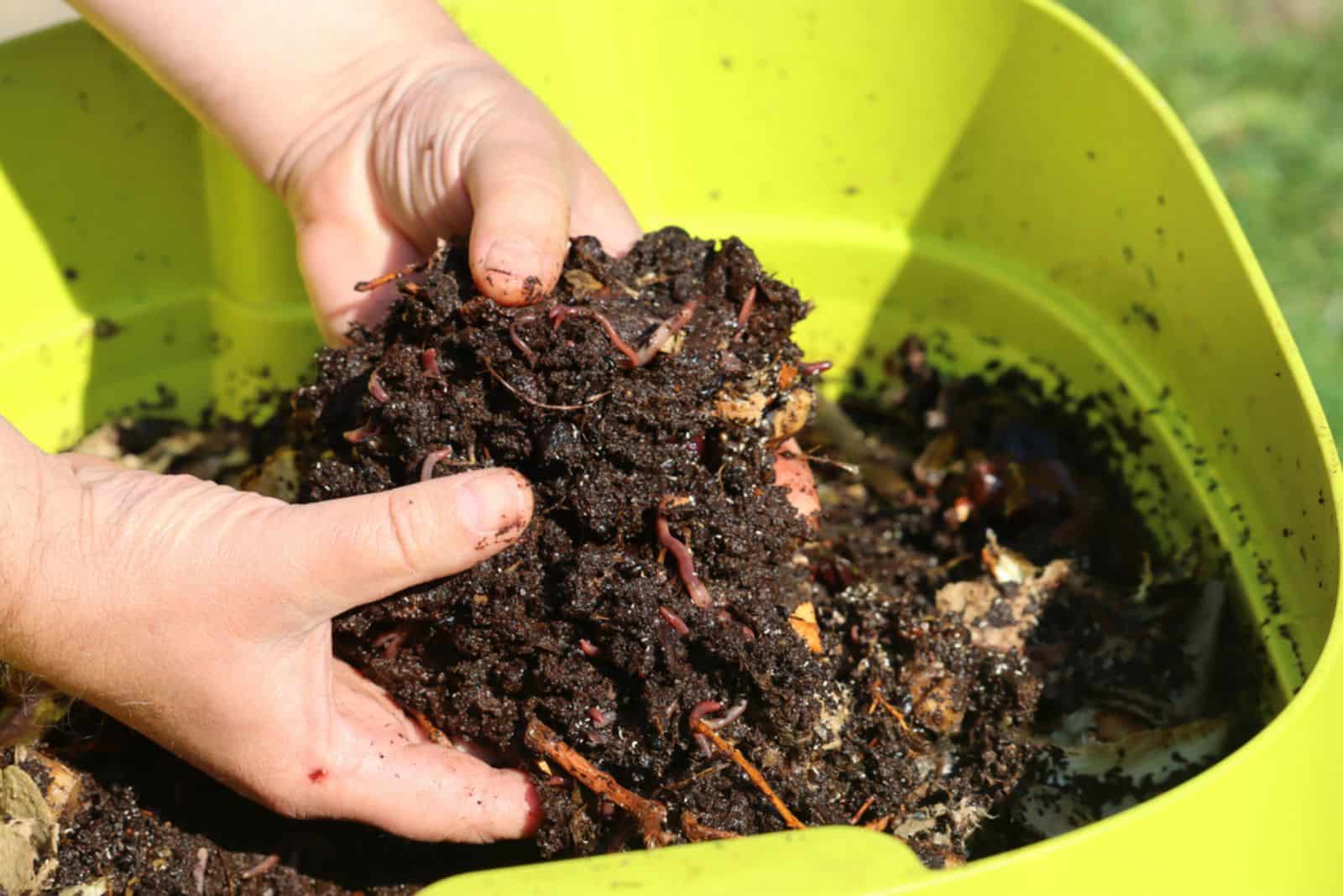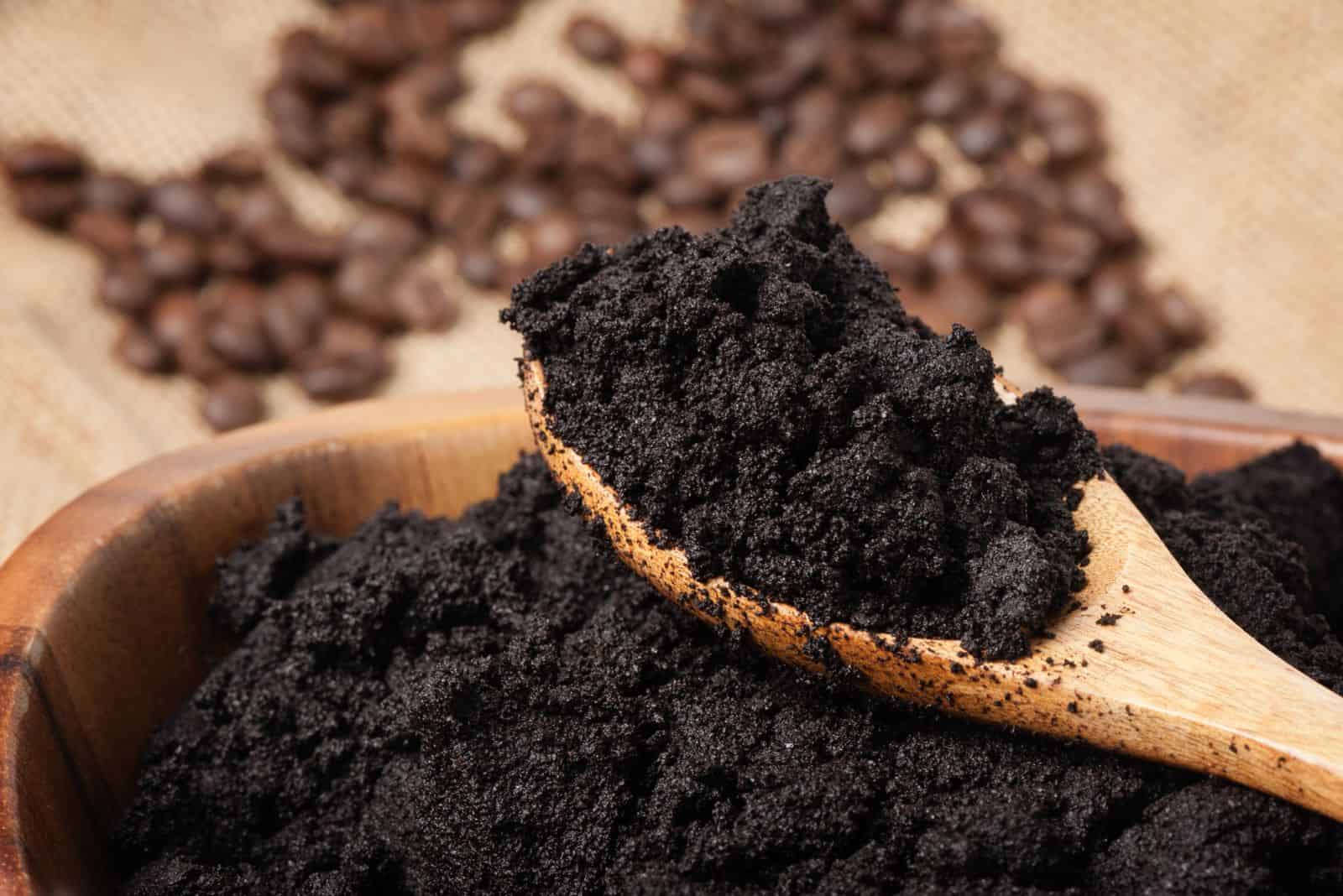Positive Bloom is an Amazon Associate and we earn from qualifying purchases through these links at no extra cost to you.
Anthurium care involves planting it in a well-draining substrate, placing it in indirect sunlight, maintaining warm temperatures indoors, and keeping the humidity levels above 50%.
But there’s another important aspect of this routine that you shouldn’t avoid: feeding.
The best anthurium fertilizer contains enough phosphorus to promote blooming, and nitrogen to encourage vegetative growth.
There are some excellent choices available in stores, or you can make your own homemade fertilizer – we’ll give you advice on both options.
This article includes the best methods and timing for feeding your laceleaf plants so that you can keep them healthy and flourishing at all times.
Finally, we presented some of the consequences that arise as a result of overfertilizing your plants, so that you know what to do and how to prevent them.
Now, let’s get started!
NPK Ratio For Anthurium Fertilizer
Anthurium plant care suggests using nitrogen-rich or phosphorus-rich fertilizers, but what is the difference between the two and how can you choose the right one for your plant?
This is why NPK ratios are important – they show us the amount of nitrogen, phosphorus, and potassium each fertilizer has.
Nitrogen is crucial for vegetative growth and leaf development, aiding photosynthesis along the way.
Phosphorus helps the overall growth of the plant, and encourages the development of roots, stems, blossoms, and, potentially, fruit.
Potassium is another nutrient that aids plant growth, and it also keeps your green buddies safe from infestations and infections.
But this still doesn’t answer the question of which NPK ratio is the best for anthuriums.
Well, if you have a species that is famous for its leaves, such as the A. balaoanum, you might want to stick to high-nitrogen fertilizers to promote foliage growth.
On the other hand, if you have a pink or red anthurium that develops those signature flowers, you should use phosphorus-rich plant food to encourage blooming.
And if you prefer the foliage rather than the blossoms, you can use nitrogen fertilizers.
5 Best Commercial Fertilizers For Anthuriums
There are many high-nitrogen or phosphorus fertilizers out there, and here you will find just a couple of them that will keep your flamingo plant flourishing.
And in case you’ve been wondering, “Is orchid fertilizer good for anthurium?,” the answer is yes!
Orchid plant food is rich in phosphorus and will promote blooming in your anthuriums as well.
1. Sun Bulb Better Gro Orchid Better Bloom
This orchid bloom booster fertilizer is rich in phosphorus, which makes it perfect for your anthurium as well.
This nutrient will promote blooming, improve the color of the flower, and even increase its size.
The Sun Bulb fertilizer contains some micronutrients in addition to nitrogen, phosphorus, and potassium, which improve overall plant health (it contains boron, zinc, molybdenum, manganese, iron, magnesium, and copper).
And what makes it amazing is the fact that you can use it for your other plants as well, orchids (of course), and even succulents.
However, be careful with it if you have in-ground plants or when replacing the soil because high levels of phosphorus can contaminate the water.
2. EZ-Gro Professional Liquid Blossoms Booster
If you need a fertilizer that will help your laceleaf plant immediately and release nutrients as soon as you apply it, you can use EZ-Gro blossoms booster.
This liquid fertilizer contains high levels of phosphorus, which encourages flower production.
Its NPK is 10-30-20, which means it will promote leaf development as well as blooming, making it the perfect choice for this leafy plant.
You can use it in indoor and outdoor gardens, and it contains micronutrients (such as zinc, iron, manganese, boron, molybdenum, and magnesium) that promote overall plant health.
However, the amount you get is only enough for a couple of houseplants, so it’s not really cost-effective.
Also, be careful about the runoff since these levels of phosphorus can contaminate the underground waters if you’re not careful.
3. The Grow Co Organic Indoor Plant Food
This plant food is genuinely general-purpose, which means it is suitable for both indoor and outdoor use.
Use it for your potted plants if you want to give them an organic boost and forget about potential fertilizer burn.
You can pair them with other natural ingredients, such as compost, neem oil, earthworm castings, etc.
It doesn’t contain urea and has a balanced ratio of macro and micronutrients. All these minerals encourage healthy root growth, development of leaves, enhance the overall beauty of your plant, and keep it healthy in the long run.
This product is very easy to use and it comes with clear instructions, so you don’t have to worry about lack of experience.
Therefore, if you have an Anthurium radicans (or any other plant from this genus), succulents, tropical plants, etc., you can use this plant food to fertilize them; simply dilute it in water, and you’re done!
4. Cute Farms Indoor Potted Exotic Flower & Tropical Plant Food & Fertilizer
If you hate the chore of doing the math and figuring out how much fertilizer you need to dilute in order to keep your plant nourished and safe from fertilizer burn, then this is the product for you.
We love it because you can just spray it onto your anthurium’s leaves, base, and roots whenever you water it.
This product will ensure your plant has enough primary macronutrients to grow healthily.
And what’s more, you can use it for your other houseplants, including monsteras, snake plants, orchids, etc.
The packaging is unbreakable, so you don’t have to be extra careful, and one bottle can feed your anthurium for up to six months.
5. Tezula Plants Florikan Time Release Fertilizer
This plant food can feed your plants for up to six months, which makes it a good choice if you don’t have enough time or tend to forget your fertilizing schedule (like we do).
Simply sprinkle it according to the suggested dosage, and your anthuriums will thrive.
Another benefit of this fertilizer is that it’s suitable for all sorts of houseplants, including philodendrons, prayer plants, etc.
Its NPK ratio is 16-5-11, so it’s perfect for anthuriums that aren’t famous for their flowers. The nitrogen helps promote healthy leaf development, and the micronutrients maintain the overall plant health.
Homemade Fertilizer For The Anthurium
The best homemade fertilizer for your anthurium is definitely compost – vermicompost to be exact – and you can use it 1-2 times a year. Its NPK value cannot hurt your plants and it provides all the essential nutrients they need to thrive.
Some growers recommend using banana peel fertilizer, but we haven’t really seen much benefit. The NPK ratio of banana peel fertilizer is 0.6-0.4-11.5.
Therefore, it has too much potassium and too little nitrogen and phosphorus, nutrients that are essential for its proper growth.
You can, of course, use this fertilizer, but you will have to make up for the missing nitrogen and phosphorus by using another fertilizer, such as used coffee grounds.
When And How Often To Fertilize Laceleaf Plants
The Anthurium crystallinum care guide teaches us to feed these plants only during their growing season, and the same goes for all other laceleaf plants.
When it comes to frequency, it depends on the fertilizer. For instance, if you use liquid fertilizers you can feed your anthurium plants every 3-4 weeks.
Potted plants need more moisture and nutrients than in-ground varieties because these substances drain out faster, so you can feed them every three weeks (just remember to dilute the fertilizer in water beforehand), especially if their leaves have turned yellow.
On the other hand, you can apply slow-release fertilizer 2-3 times a year starting in spring, and then again in the summer. Of course, some brands have fertilizers that last between 3-6 months, so you should read the label carefully and feed your plants accordingly.
How To Fertilize Anthuriums
The application of plant food depends on the type. For instance, if you use liquid fertilizers, you should dilute them properly before adding them to your plants.
Some varieties need to be diluted to half-strength, some to quarter-strength, etc.
Also, if you want to apply fertilizer more frequently (like every time you water your plants), the general rule is to highly dilute them in water to avoid overfertilizing your plants.
And if you prefer using slow-release plant food, make sure to spread it evenly and water your anthurium thoroughly in order to prevent fertilizer burning the roots.
What Happens If You Overfertilize Anthuriums?
If you apply too much fertilizer, it may burn your plant’s roots and make them unable to absorb moisture and nutrients properly.
This can lead to wilting, browning of the foliage, etc.
In order to avoid fertilizer burn, you should dilute the liquid fertilizer in water before applying it to your plant, and irrigate your anthurium thoroughly after using time-release fertilizers.
Sometimes, the fertilizer salts can build up in the potting mix and damage the roots as well.
To avoid this, either repot your anthurium into fresh substrate, or flush the soil with four times more water than the volume of the pot.
FAQ
Is coffee good for anthuriums?
You can use coffee grounds to fertilize your anthuriums if you dilute them in water and irrigate your indoor plant with the concoction.
Be aware that this fertilizer is incredibly rich in nitrogen and will promote lush leaves, but not the appearance of blossoms.
And if you have a species that bears those attractive pink, red, or blue flowers, you should incorporate a high-phosphorus fertilizer in your routine.
Finally, coffee grounds can increase the acidity of the soil if you use them too frequently, so make sure to have a soil pH meter at hand.
(If the pH level of the soil isn’t adequate for your anthuriums – between 5.0-6.0 – your plant won’t be able to absorb moisture and nutrients properly).
How do I make my anthurium grow more leaves?
If you want a lush Anthurium balaoanum (or any other anthurium) with plenty of foliage, you should fertilize it with a nitrogen-rich fertilizer.
You should also move your plant to a location with bright indirect light and water it regularly to encourage photosynthesis and healthy plant growth.
Finally, keep your laceleaf plant in a warm spot where there aren’t sudden temperature swings that can stress out the plant.
P.S. Do not over or underwater it; both conditions will lead to stunted growth, and the former can even cause root rot.
Final Thoughts
The best anthurium fertilizer is one rich in nitrogen or phosphorus so it promotes healthy leaf development and blooming.
If you have a flamingo plant which boasts breathtaking, glossy flowers for most of the year, you should use phosphorus-rich fertilizers (such as orchid bloom booster) to encourage flowering.
And if your anthurium shows off gigantic and alluring deep green foliage, then the high-nitrogen plant food is the perfect choice for you.
You can also use homemade fertilizers for this plant, the best of which is worm compost.
Feed your anthuriums only during their growing season, apply liquid fertilizers once a month, and slow-release ones 2-3 times a year, and that’s it.
Good luck, and until next time!



